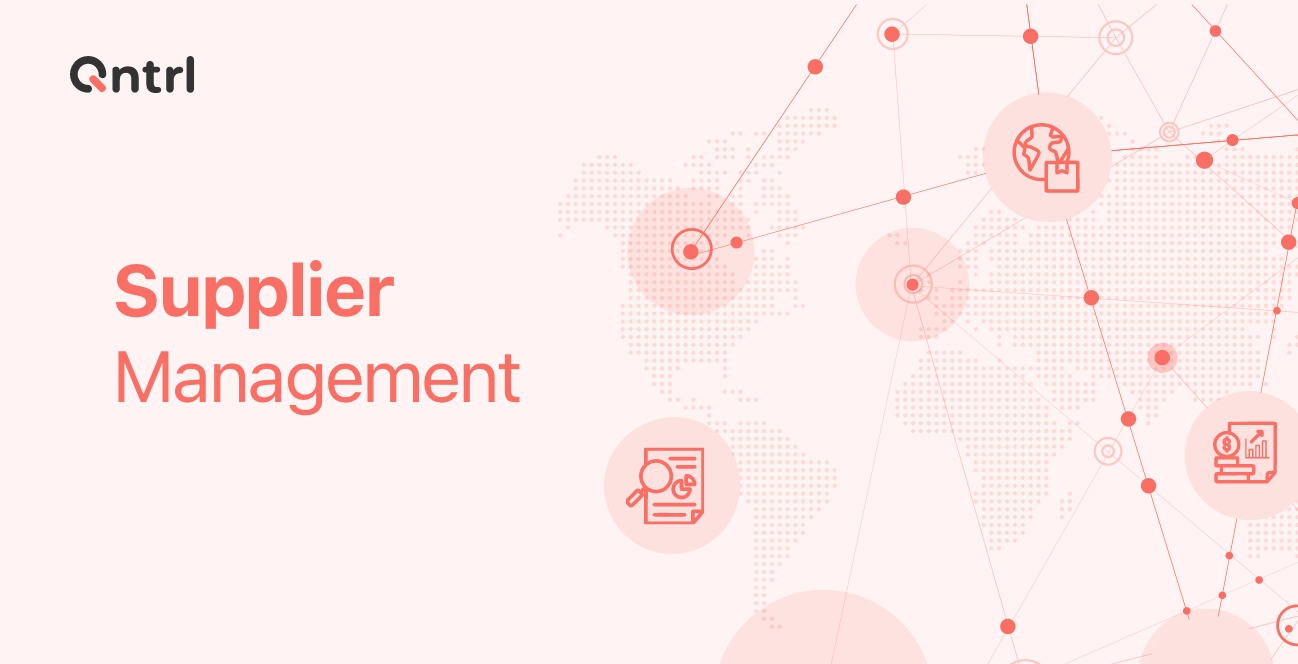For most organizations, procurement is an essential function—and businesses are increasingly realizing the need for strengthening their procurement process, so they have better control over their supply chain and strategic sourcing. Automating the procurement process helps mitigate risk, manage more complex challenges, and open doors to new opportunities. This article aims to help you understand the basics of procurement—what it is, how it works, and the forms it comes in.
What is procurement?
Procurement refers to the wide range of activities that evolve around the obtaining of goods and services. It involves sourcing a vendor, negotiating pricing and terms, procuring items from them, paying the vendor, and more. For instance, it can be purchasing raw materials for building your product, software for communication purposes, or even services to keep up your facilities—every business requires goods and services of some kind to achieve their desired results.
Why is procurement important to your business?
While it does involve purchasing in a literal sense, it's also closely related to strategic planning, as it takes a lot of time and money to keep an organization running. It requires that procurement professionals:
- Determine the need for purchasing
- Manage inventories effectively
- Forecast budgets
- Identify potential suppliers with the help of market research
- Negotiate terms and contracts with vendors
- Manage supplier relationships
- Track supply status
- Perform quality assurance on the goods and services secured
- Maintain purchase order records
- Keep track of procurement process KPIs
- Achieve continuous improvement
When everything gets executed well, the entire procurement process becomes streamlined, making it easier to:
- Understand how the budget has effectively been deployed
- Identify potential risks and eliminate them
- Maximize savings
Types of procurement
Organizations participate in different types of procurement, depending upon its immediate requirements and business goals. Procurement can be categorized as direct and indirect—based on how the procured items are utilized—and goods and services—depending on the type of items being procured.
Direct procurement
Purchase of any raw materials, goods, or machinery that directly contributes to attaining a final product—which a company then sells—is known as direct procurement. This drives profit and brings competitive advantage to a business. Procurement officers and contracted suppliers play the role of key stakeholders in this.
Indirect procurement
Indirect procurement deals with the purchasing of goods that contribute to the day-to-day functioning of the company, and not to the company's bottom line. Examples would be things like purchasing furniture for the office, or equipment maintenance. While budding companies may have an office manager for such procurement, large and established corporations might hire another facilities management company to handle these.
Goods procurement
This refers to obtaining any item that is physical—be it finished or unfinished—but it also includes items like software subscriptions. Office supplies, like desks, raw materials, and more, fall under goods procurement. This can be either directly or indirectly procured.
Services procurement
This involves acquiring intangible or people-based services. Examples include recruiting non-permanent staff, using consulting services, and hiring contract-based vendors to host events.
Conclusion
Procurement plays a vital role in the success of a company, especially for those who strive to emerge as global leaders. When integrated with technology, it can help shift organizations from being tactical to being strategic, and thus, makes the procurement process more efficient.
Technologies like automation and advanced analytics can help organizations transform digitally, with strategic decision-making, as they gain real-time access to market data and trends. By utilizing the right workflow automation tool, companies can achieve process optimization, save time, increase their value, and make their business more scalable.
Qntrl is powerful workflow orchestration software that can streamline your procurement process and provide you with visibility and control. Sign up now for a free trial!








